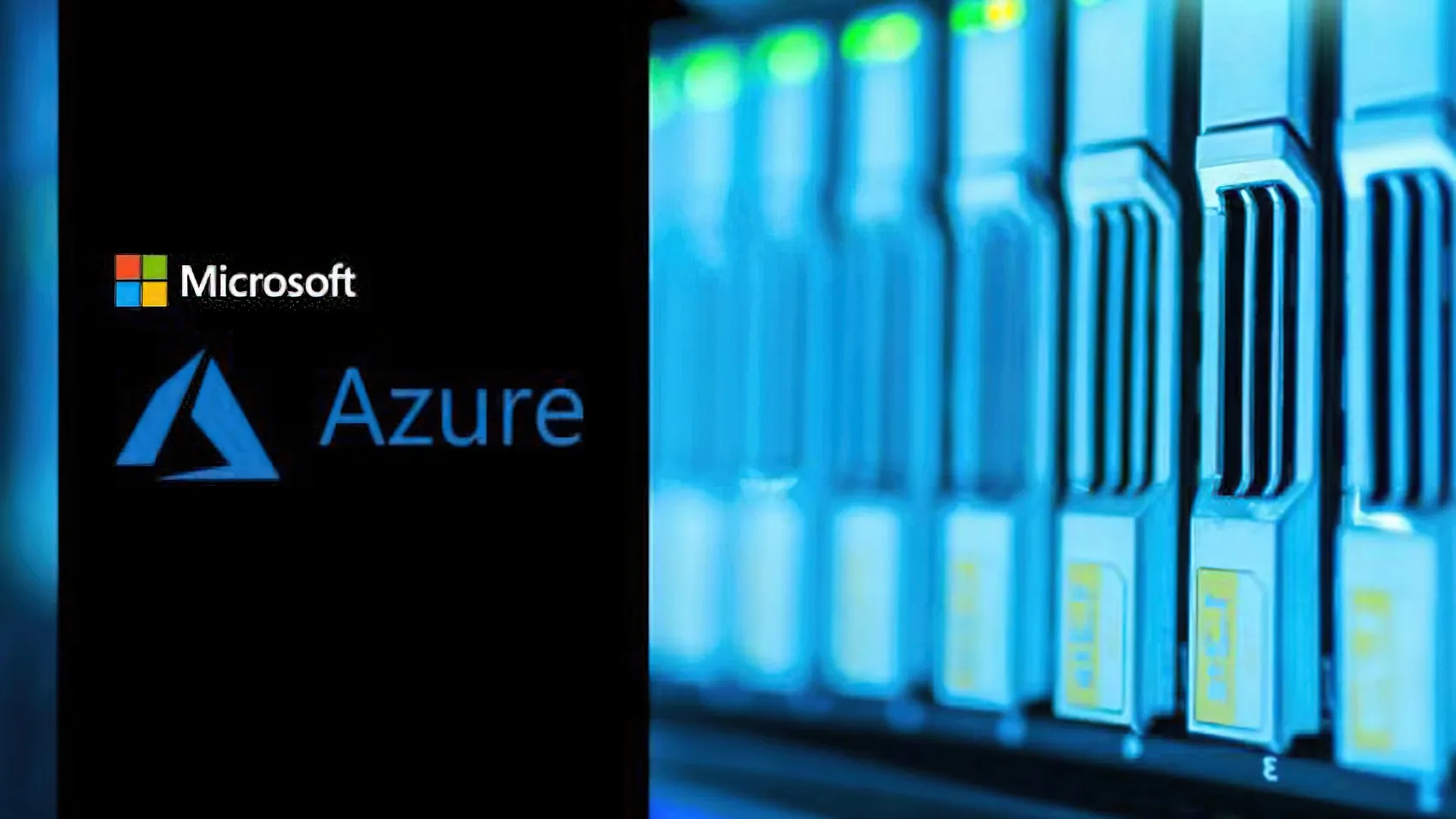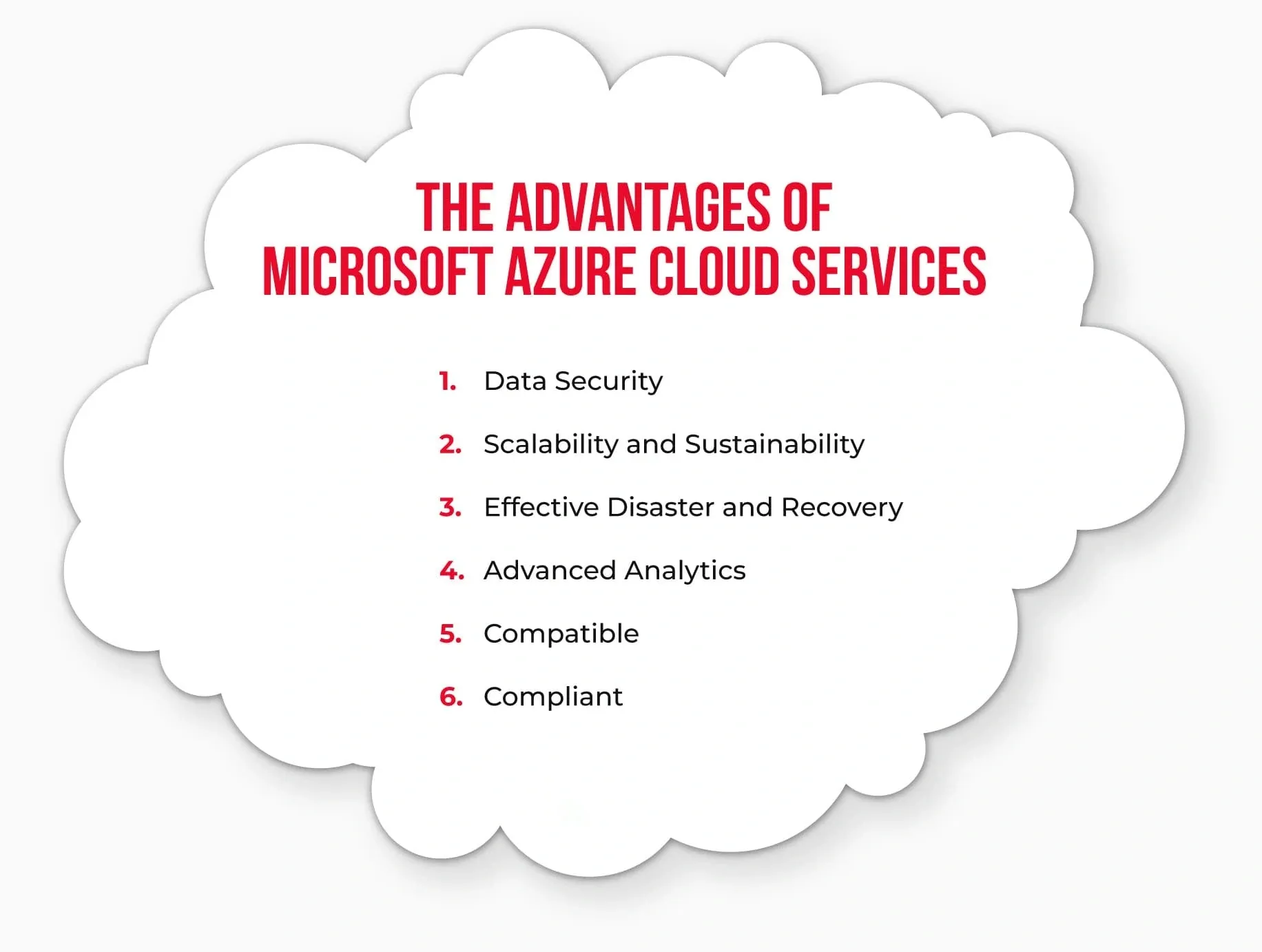In a blog post, President Brad Smith stated that the implementation of multiple alterations to the tech giant’s software engineering procedures aims to establish a 'benchmark for security' at Microsoft.
Microsoft has announced significant updates to its software engineering process aimed at enhancing the security of its widely used platforms. In a recent pair of blog posts, top executives detailed these changes, which are designed to ensure Microsoft software defaults to a secure state.
The initiative also focuses on bolstering identity security and strengthening cloud vulnerability management. These efforts are part of Microsoft's new Secure Future Initiative.
AI Integration for Cyber threats
Microsoft's new initiative underscores an increased reliance on AI to combat evolving cyber threats, aiming to deploy artificial intelligence across Azure, Windows, and Office 365 to enhance threat detection and response capabilities.
This strategic shift toward making software inherently secure by default will influence the design, development, testing, and operational phases of Microsoft's technology, ensuring security is integrated from the outset.
These enhancements are poised to significantly impact Microsoft's flagship platforms, Azure, Windows, and Office 365, by fortifying security measures and proactively addressing vulnerabilities.
In the wake of a high-profile cloud breach affecting U.S. government email accounts, Microsoft faced scrutiny over its security practices, prompting critiques from industry leaders and federal cybersecurity officials advocating for stronger and timelier security measures.
Brad Smith, Microsoft's President, emphasized that this initiative aims to establish "a new standard for security" within the company, signaling a comprehensive organizational evolution to prioritize cybersecurity across all operations.
These proactive changes underscore Microsoft's commitment to confronting security challenges directly and strengthening its products against current and future cyber threats.

Enabling ‘Secure by Default’ Software Development
Microsoft is advancing its software development lifecycle (SDL) with a shift to what it terms "dynamic SDL," leveraging increased automation and AI integration. This approach aims to embed cybersecurity measures continuously throughout coding, testing, deployment, and operational phases.
According to Microsoft President Brad Smith and Executive Vice President Charlie Bell, this AI-powered dynamic SDL will ensure that software is inherently secure by design, default, and deployment.
The company plans to integrate tools like CodeQL with GitHub Copilot to enhance code analysis and bug fixing at scale, while expanding the use of memory-safe languages to prevent traditional software vulnerabilities. These initiatives underscore Microsoft's commitment to fortifying its products against evolving cyber threats while maintaining the integrity of its software supply chain.
Expansion Of Default MFA Settings
Microsoft is expanding its default Multi-Factor Authentication (MFA) settings to enhance security across a broader range of customer services, aiming to implement these changes over the next year.
Brad Smith emphasized the company's commitment to providing more secure default policies for MFA, aligning with customer feedback and insights gained over the past year.
According to Charlie Bell, Microsoft's focus on scaling MFA where it's most needed reflects their strategy to fortify customer protection through both engineering advancements and effective communication. Looking ahead, Bell highlighted Microsoft's plans to accelerate the adoption of security defaults across various aspects of their services.
Faster Cloud Vulnerability Mitigation
As part of its newly announced security initiative, Microsoft aims to accelerate the response to cloud vulnerabilities significantly. According to Brad Smith's blog post, the company intends to slash the time required to mitigate cloud vulnerabilities by 50 percent.
This commitment underscores Microsoft's proactive approach to enhancing cloud platform security.
Additionally, Microsoft plans to enhance transparency in reporting by implementing new measures to ensure clearer and more consistent communication regarding security incidents.
Charlie Bell highlighted in his post that these improvements are made possible through Microsoft's investments in automation, orchestration, and intelligence-driven tools and processes.
These advancements are geared towards reinforcing Microsoft's capability to swiftly address security challenges and maintain robust cybersecurity across its cloud platforms.

Microsoft has unveiled plans to bolster its identity protection capabilities across its product lineup in response to the rising threat of identity-based attacks.
Charlie Bell emphasized the introduction of a "new identity system" aimed at unifying and standardizing the management and verification of identities and access rights across Microsoft's various products and platforms.
This initiative marks a significant step towards enhancing security by providing a cohesive framework for user, device, and service authentication.
Moreover, Microsoft intends to democratize these advanced identity capabilities by offering them for free to non-Microsoft application developers.
Brad Smith highlighted in his blog post that this strategic move aims to extend the robust security features beyond Microsoft's ecosystem, fostering broader adoption and strengthening overall cybersecurity across digital environments.







